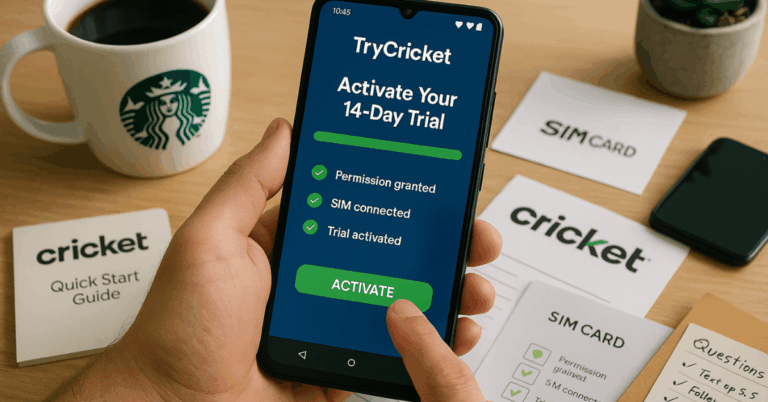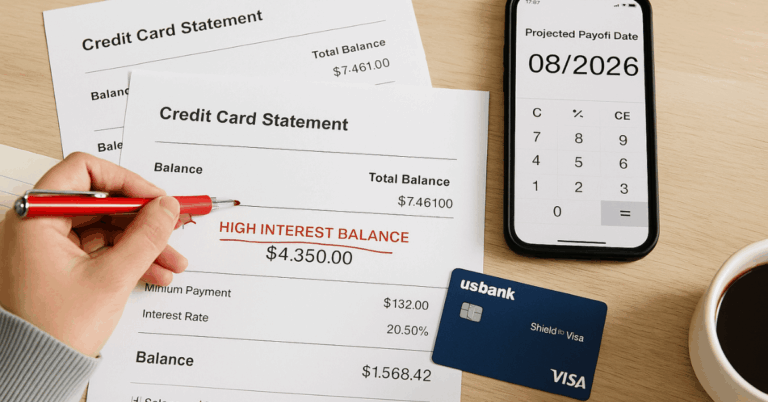Applying for a Wells Fargo credit card offers various benefits, but knowing how to apply is essential to getting approved. This guide breaks down the application process, making it easier to follow.
Understanding eligibility, required documents, and interest rates helps you make informed decisions. Follow this process to increase approval chances and manage your account effectively.
Wells Fargo Credit Card Credit Card Options Available
Wells Fargo offers different credit cards for various financial needs. Some cards provide cash rewards, while others focus on travel benefits or low-interest rates.
Secured cards are available for those looking to build or rebuild credit. Business credit cards cater to companies needing flexible payment options.
Each card comes with specific interest rates, fees, and features. Choosing the right one depends on spending habits and financial goals.
Who Can Apply for a Wells Fargo Credit Card?
Applicants must meet specific requirements to qualify. These include age, residency, credit score, and income verification.
Age and Residency Rules
To apply, you must be at least 18 years old or the legal age in your state. A valid U.S. address is required, meaning P.O. boxes are not accepted.
Non-residents may not qualify unless they have a valid U.S. visa or Green Card. Proof of residency, such as a utility bill or lease, may be required.
Credit Score Needed
Most credit cards require a good to excellent credit score. This typically means a score of 670 or higher.
Some secured cards accept lower scores, but approval is not guaranteed. Checking your credit score before applying helps you understand your chances.
Income Proof
Applicants must show proof of stable income. This helps determine if they can handle monthly payments. Pay stubs, tax returns, or bank statements may be required.
Self-employed applicants might need additional documents, such as profit and loss statements.
Types of Wells Fargo Credit Cards
There are different credit cards designed for specific spending needs and financial goals. Some focus on earning rewards, while others offer low interest rates or benefits for businesses.
Overview of Different Credit Card Options
Each credit card comes with unique benefits and features depending on the category:
- Cash Rewards Cards – Earn unlimited cashback on everyday purchases. Examples include the Active Cash® Card, which offers 2% cashback on all spending.
- Travel Rewards Cards – Provide flight, hotel, and dining bonus points. The Autograph® Card offers 3X points on travel, gas stations, and dining, while the Autograph Journey℠ Card has higher rewards for airlines and hotels.
- Low-Interest Cards – Feature a 0% intro APR for a specific period. The Reflect® Card offers 0% intro APR for up to 21 months, making it useful for balance transfers.
- Business Credit Cards – Help business owners manage expenses and earn rewards. The Signify Business Cash℠ Card provides 2% cashback on purchases without category restrictions.
- Specialty Rewards Cards – Offer unique benefits for specific spending. The Bilt Mastercard® earns points on rent payments, while the Attune℠ Card gives 4% cashback on gym memberships, spas, and select entertainment.
- Hotel and Travel Partner Cards – Earn rewards for stays and travel expenses. The One Key™ Card and Choice Privileges® Mastercard® provide extra points on hotel stays and travel bookings.
Step-By-Step Application Process
Applying for a credit card requires careful selection and accurate information. Following these steps ensures a smooth process and improves approval chances.
Step 1: Choosing the Right Credit Card
Picking the right card depends on spending habits and financial goals. A cash rewards card works best for everyday purchases, while travel cards offer extra points on flights and hotels.
Low-interest cards help with balance transfers or large purchases. Business and secured cards cater to specific needs, so review all options carefully.
Step 2: Filling Out the Application Form
The application asks for personal details, including full name, address, and date of birth. It also requires a Social Security number for identity verification.
Employment information and annual income help determine eligibility. Make sure all details are correct and up to date before submitting.
Step 3: Documentation to Attach or Include
Some applications may need proof of income, such as pay stubs or tax returns. A government-issued ID is usually required for identity verification.
Self-employed applicants might need bank statements or business financial records. Submitting clear and valid documents helps speed up processing.
Step 4: Submitting the Application
Applications can be submitted online, in person, or by phone. Online applications provide faster responses, while in-person submissions allow for direct assistance.
Some applications may require additional verification steps before processing. After submission, approval can take a few minutes to several days.
Step 5: How to Check the Application Status?
Applicants can check their status online using the bank’s application tracker. Customer service can also provide updates by phone if needed.
If approved, the new credit card arrives within 7-10 business days. If denied, reasons will be provided, along with possible steps for reapplying.
Interest Rates and Fees Explained
Interest rates range from 17.49% to 29.24%, depending on the card. Some cards offer a 0% intro APR for a limited period, which later adjusts to the standard rate.
Additional fees may apply, including late fees, balance transfer, and foreign transaction fees. Understanding these costs helps manage payments and avoid unnecessary charges.
What to Do If Your Application Is Declined?
Not all applications get approved, but there are ways to improve your chances next time. Here are some steps to take if your credit card application is denied:
- Check the reason – The bank will provide an explanation for the denial.
- Review your credit report – Look for any errors, late payments, or high balances.
- Improve your credit score – Pay off debts and keep credit utilization low.
- Apply for a different card – Some cards require lower credit scores or offer secured options.
Managing Your Credit Card Account
Once approved, managing your account properly ensures financial stability and better credit health. Follow these tips to stay in control:
- Set up online banking – Track spending, statements, and payments easily.
- Pay on time – Avoid late fees and high-interest charges.
- Monitor transactions – Check for unauthorized charges and report issues quickly.
- Use rewards wisely – Maximize cashback or points by redeeming them strategically.
Customer Support Services
For questions or concerns, contact customer service at 1-800-869-3557. The main office is located at 420 Montgomery Street, San Francisco, CA 94104.
Assistance is available for account management, lost cards, and disputes. Reaching out early can help resolve issues quickly and efficiently.
Final Thoughts: Parting Words on Credit Card Applications
Understanding how to apply for a Wells Fargo credit card makes the process smoother and increases approval chances. Choosing the right card, submitting accurate details, and maintaining good credit habits are key steps.
Managing the account properly helps in avoiding extra fees and building credit history. A well-handled credit card can be a valuable financial tool when used responsibly.
Disclaimer: Interest rates, terms, and conditions may change based on bank policies and credit history. Always review the latest details before applying for a credit card.












